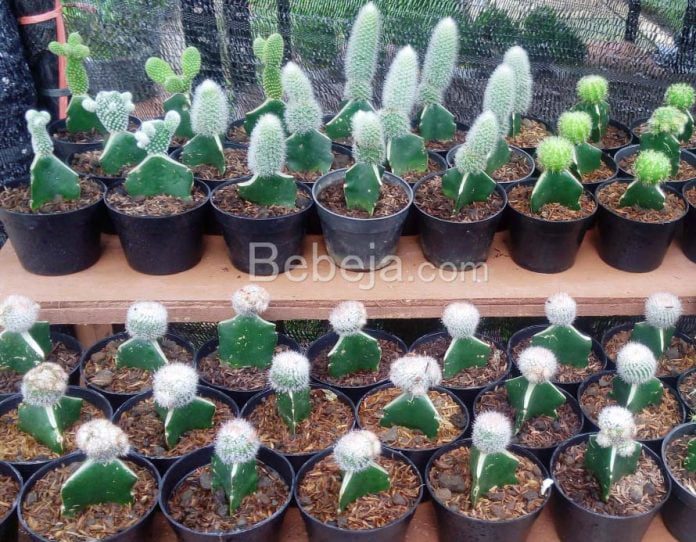Some certain pests and diseases can affect cactus plants. It’s important to be aware of this. For example, ants are a common pest that can eat away at the roots and stem tissue of cactus plants, causing them to wilt and eventually die.
You can control this by sprinkling Furadan 3G granular insecticide around the pot and soil. Another problem to look out for is algae, which can cause reddish-brown rust on the stems of cactus plants. This is often caused by frequent watering.
To combat this, you can cover the surface of the growing medium with coarse sand. Additionally, red rust can be treated with pesticides Cupravite B12, Kocide 60 WSG, or Copper Sandoz, following the dosage instructions on the packaging. During the rainy season, scale bugs (Pseudococcus sp) and mealybugs (Dactylopius sp) can become a problem.
These bugs tend to hide between stem crevices or cluster at the base of thorns, where they suck the fluid from the stem tissue. Dealing with scale bugs can be challenging, as insecticides only kill the adults, leaving the eggs to survive.
It’s also necessary to use a wet brush to brush away the eggs and larvae. Adult mealybugs can be treated with Akothion 400 EC and Rizotin 100 EC can be used for treatment. The rainy season also brings the risk of stem-based rot disease. This disease, caused by the Pythium sp, leads to the wrinkling, browning, and toppling of the stem bases of cactus plants.
The bacterium Erwinia carotovora can cause similar effects. If you notice a yellowish, foul-smelling mucus being secreted by the plant, this is a sign of bacterial attack. In such cases, the most effective approach is to destroy the infected plants. To prevent this disease, you can roast the planting medium and soak the plants in a solution of a fungicide like Previcur N (propamocarb HCl) or Solid 60 WP (chlorothalonil) before transplanting.
